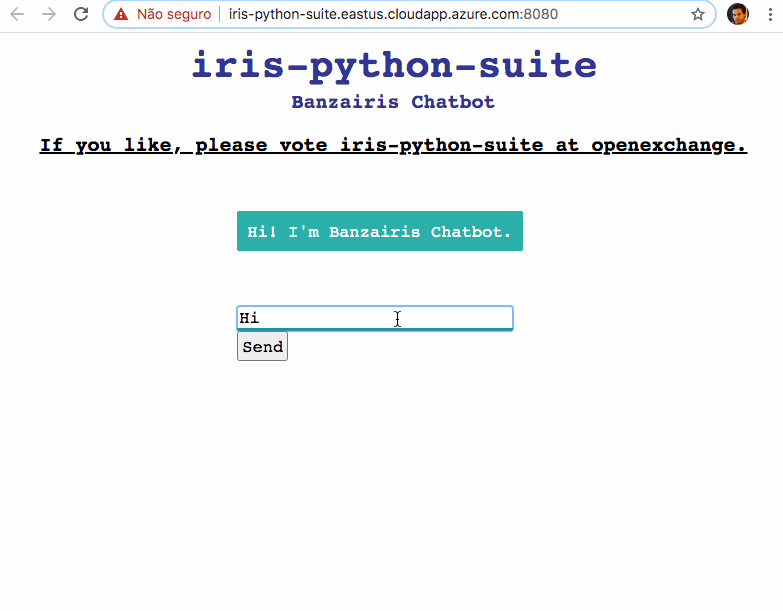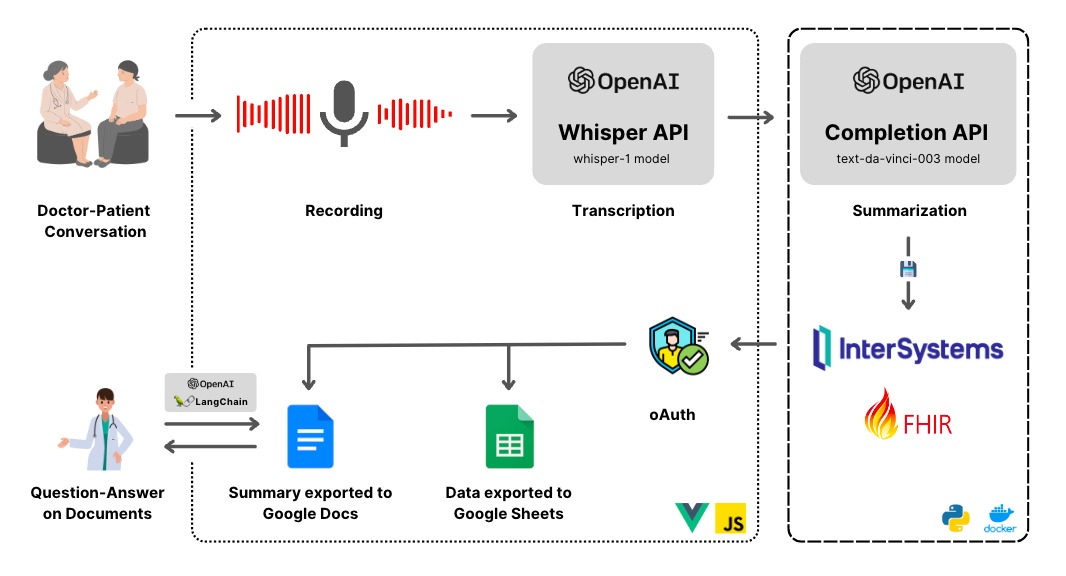The titular question was quite relevant and often discussed some thirty years ago. The thought went: “Sure, there are industries where computers are the norm, but in my industry we got just fine so far, the benefits are questionable, problems innumerable and unsolved. Can we continue as before or should we embrace this new technology?”
Today, everyone asks the same question but about Machine Learning and Artificial Intelligence. The doubts are the same – lack of expertise, lack of known path, perceived irrelevancy to the industry.
Yet, as before, the correct, even the only possible answer is a resounding yes. Read on to find out why.

.png)

.png)


.png)

.png)
.png)

.png)